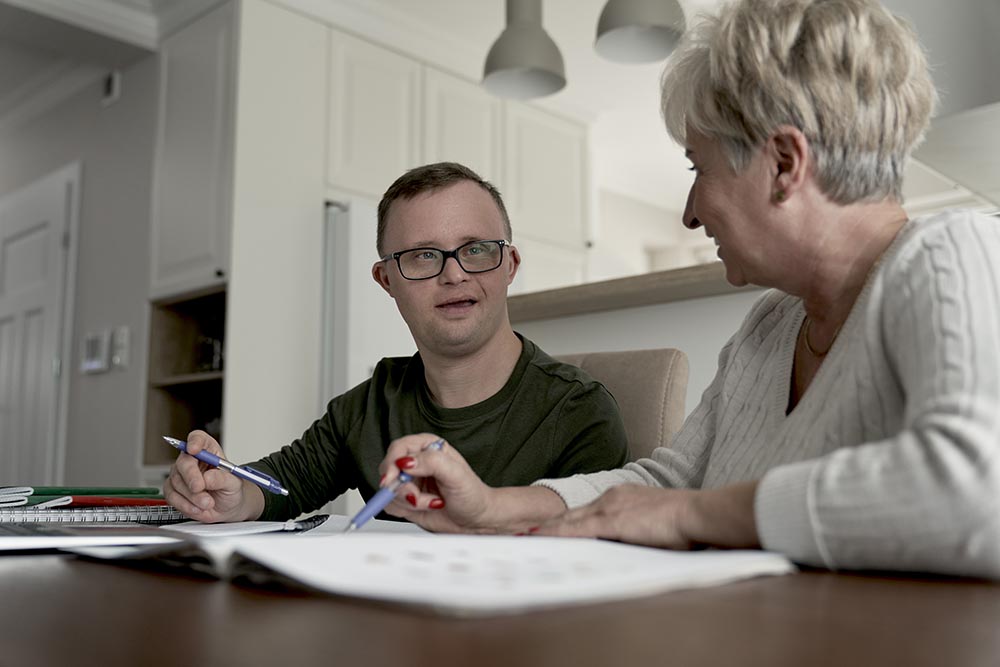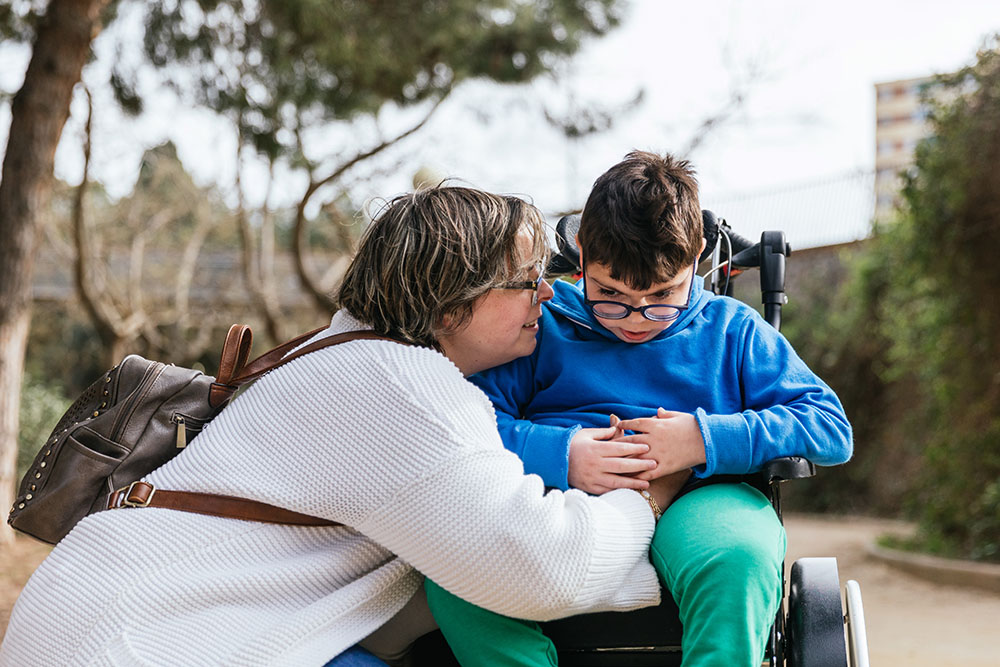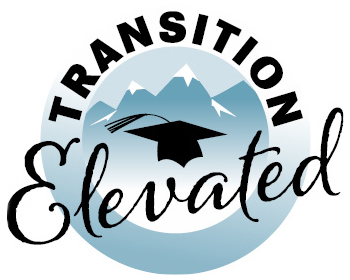This page is designed for you and your student to learn the steps to prepare for employment, further education, and independent living after graduation. The content on this page is designed to help you understand the process and access resources in multiple areas. Resources are listed at the bottom of the page.


“I have options for the transition of my child to adult life.”
Family engagement is crucial during the postsecondary transition process. Research shows that when families are meaningfully and continuously engaged in their children’s learning and development, they can positively impact their child’s health, development, academic, and well-being outcomes into adulthood.
Family engagement refers to a family’s involvement in helping their child plan for the future and in supporting him or her during the postsecondary transition process. Family engagement means parents / families / guardians are active and knowledgeable participants in all aspects of postsecondary transition planning (e.g., decision-making, providing support, attending meetings, and advocating for their child). Other than the students themselves, parents are often the only people who remain part of the postsecondary transition planning process and their child’s IEP team throughout the school years. (National Technical Assistance Center on Transition: The Collaborative (NTACT:C).

“[I am learning] many things that bring me the courage to navigate life with my disabled child.””

“I loved the information on self-determination. [I am] trying to figure out how to give my child a bigger part in making decisions.”
Children learn about their own value and potential through parent support and expectations. These positive self-attitudes are foundational for the development of self-determination and self-advocacy which are predictors of success in postsecondary education and training, employment and independent living. Educator and family relationships are critical in supporting, engaging and empowering families. (NTACT:C).
Paid employment and work experiences were identified as promising predictors of post school success in education, employment and independent living.

“[I can see] the possibility that my child might be able to work.”
Understanding the Postsecondary Transition Process
Postsecondary transition is a student-centered process that includes ongoing assessment, services, instruction, experiences, opportunities, and supports designed to elevate students’ in-school and post school outcomes.
Flowchart of the Postsecondary Transition Process
Postsecondary Transition FAQ
Purpose of the Individuals with Disabilities Education Act (IDEA)
Postsecondary Transition planning for students with disabilities is connected to one of the most fundamental purposes of the IDEA which is “to ensure that all students with disabilities have available to them a free appropriate public education that emphasizes special education and related services designed to meet their unique needs and prepare them for further education, employment, and independent living.”
(USBE SPECIAL EDUCATION RULES VII.B.1.)
Postsecondary Transition Mandate
(Postsecondary Transition Services – School to post school, summarized p.180)
Under IDEA, transition planning is mandated to support youth as they prepare for transition to adult life. A formal postsecondary transition plan becomes a part of the IEP and should serve as the foundation for any future IEP development.
For a student with a disability age 14 and older, or younger if determined appropriate by the IEP team, postsecondary transition services means a coordinated set of activities for a student with a disability that:
(1) Is designed to be within a results-oriented process that is focused on improving the academic and functional achievement of the student with a disability, to facilitate the student’s movement from school to post-school activities, including postsecondary education, vocational education, competitive integrated employment (including supported employment), continuing and adult education, adult services, independent living, or full community participation;
(2) Is based on the individual student’s needs, taking into account the student’s strengths, preferences, and interests, (34 CFR § 300.322 as cited in Utah Special Education Rules p175).
Resources and Support
For a master list of Postsecondary Transition resources, visit the Transition Elevated Website Padlet.
Self-Advocacy
Self-determination and Self-advocacy Padlet
Transition Elevated App Padlet
Postsecondary Transition Timeline
Utah Parent Center
Transition University
Calendar of events
Student Planning Checklist
My Vision of Adulthood- Person Centered Planning Tool
[Age of Majority and Transfer of Rights]
[Utah Developmental Disabilities Council Self-Advocacy Programs]

Independent Living
Division of Services for People with Disabilities (DSPD)
DSPD Intake Process
Find a Support Coordinator
My “Must Have” Papers: Managing the Paperwork of Adulting
Social Security Income (SSI)- Disability Employment Benefits
Utah Center for Assistive Technology (UCAT)
Utah Statewide Independent Living Council
IL Centers
ABLE Accounts
Meeting the Needs of Adults with Disabilities- Utah Parent Center Resources
Volunteers Of America (VOA)- Homeless Youth Services
VOA Mental Health Services

Guardianship and Supported Decision-Making
A Comprehensive Guide for Parents
La Tutela De Hijos Adultos Con Discapacidades En Utah
Choices English
Opciones: Una guía completa para familias
Successful Transitions for Youth with Disabilities
Transiciones Exitosas para los jóvenes con discapacidades- guía y libro de traba





